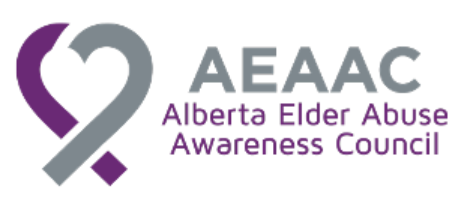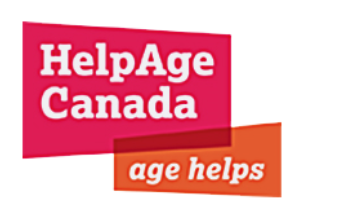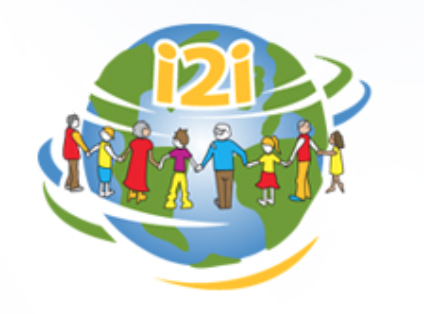Blog
- Details
Interview with Raza M. Mirza, PhD
Network Manager
National Initiative for the Care of the Elderly (NICE)
How is your event geared towards knowledge exchange?
The National Initiative for the Care of the Elderly (NICE), a Canadian charitable organization housed at the Institute for Life Course and Aging at the University of Toronto, is recognized internationally as a leader in knowledge mobilization and exchange. The Annual NICE Knowledge Exchange, the cornerstone of the knowledge mobilization strategy at NICE, is not a typical scientific conference; instead, it is a unique one-day event that offers delegates the opportunity to participate in hands-on training sessions and to participate in dialogues with experts in areas of their interest. It is a broadly multidisciplinary and intersectoral event that encourages the networking of delegates across a broad range of disciplines as well as creating links between research creators and research users, both in practice and in the community. As such, the research mobilized at the Exchange represents a number of different understandings and perspectives on issues that impact seniors. The concept of knowledge mobilization, at its very core, is about bidirectional flow of knowledge and information, and to this end, the event is a true knowledge exchange event that encompasses both knowledge dissemination as well as training in knowledge mobilization.
- Details
The Knowledge-Sharing Project is less than three months away from its official release. Now more than ever, the opinions and recommendations of elder abuse stakeholders matter, as we shape this national hub for you.
- Details
Are you looking for financial literacy resources for seniors or do you manage a seniors’ group that would benefit from brushing up their knowledge on how to avoid financial abuse and fraud?
Many seniors are contemplating important questions such as “How can I ensure that my money will last through retirement? Should I be thinking about how to manage my financial affairs if at some point I can’t do it myself? What scams should I be aware of?”
To help answer those questions, the Canadian Bankers Association, in partnership with the federal Financial Consumer Agency of Canada, launched a new program called Your Money Seniors offering free financial literacy seminars to Canadian seniors across the country.
- Details
The CNPEA and CHNET-Works recently hosted a webinar on using social media to support your practice.
Your engagement and expectations were high and by the end of the webinar there was still much left to discuss. Here is a brief overview of the presentation, as well as a few guidelines to tackle socia media and a Q&A of all the questions that we did not have time to answer on the spot.
First a quick recap...
- Details
The CNPEA's Knowledge Sharing Project is designed to be an evolutive and collaborative tool for elder abuse practitioners. The KSP electronic hub exists to engage, support and champion the elder abuse community of practice.
Page 50 of 55


















